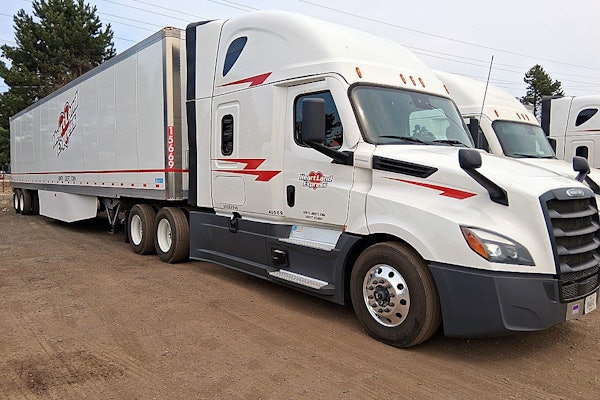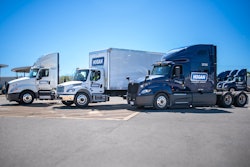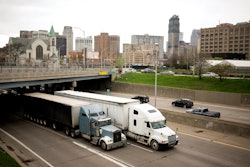Jay Delaney previously worked for a company that ran its transportation management system on a version of software that was 18 years old.
He said it’s because it was so expensive to upgrade. But lagging behind in upgrades can create bigger, costlier challenges down the line.
“How many security holes do you think are in the 18-year-old software?” said Delaney, director of product at Magnus Technologies, which offers a multi-tenant cloud-based SaaS TMS.
Magnus performs penetration tests and security checks on its platform daily and can fix any vulnerabilities the same day, and the platform provides regular updates that are easy to digest every six to eight weeks. It’s not that simple with legacy solutions, which, at best, are updated once a year, Delaney said.
Legacy TMS platforms – on-premises solutions or even those with an on-prem solution that has migrated to the cloud – are vulnerable to cyberattacks that can wreak havoc on a business.
Danielle Prigge, chief commercial officer at Mastery Logistics Systems, said companies struggle to relinquish control of their system and trust organizations like Amazon, Microsoft or Google to manage their data.
But the benefits are great.
“Your maintenance is included; your updates are included; your patching is included. It's all high up time,” Prigge said. “It almost becomes a bit more of a managed service through that lens as opposed to it having to be on-premise and also having the staff to support it on-prem.”
Delaney said the cost of adopting a cloud-based TMS is much less than in an on-prem world where a company has to buy additional servers, database clusters and firewalls to support additional business, whereas in a SaaS environment, a company can buy services incrementally to manage transactions as they grow.
“In a multi-tenant SaaS world, I don't have to hire people and have them on my staff to manage my infrastructure and pay them to be basically inefficient because there may not be sufficient amount of work for them to do full-time work,” he added. “If I have a cloud system, I'm paying incrementally for those people who maybe get shared amongst umpteen number of other clients so I can manage my cost and be much more efficient.”
AI in a SaaS world
The same way a company shares the cost of staffing and resources with other companies when they invest in a cloud-based TMS, they’re also able to more readily share data, creating efficiency – and therefore another cost savings – in their operations. Legacy systems keep data in house.
That data facilitates the use of AI.
“AI is only as good as the data that it's pulling from … If an organization were to have all of their data from all their different systems – if we're talking about truly in that enterprise space – where they've got an intermodal division over here running in this system, and a truckload division over here in this system, if they don't have a way to aggregate the data across the entire enterprise, they're under-optimizing their AI.”
With closed systems, Delaney said you have to build an integration to allow the systems to communicate, and if one side of the system changes, that integration breaks.
“The bridge will collapse, so you've got to maintain that bridge every single year. The maintenance cost of building those bridges is very high. There's an entire industry around EDI that is purely to keep those bridges built and intact,” he said. “That's really the fundamental difference between the SaaS world and why we are such a big advocate for it. You get the cost savings … and it's easier to implement.”
In multi-tenant SaaS systems, data sharing is automatic.
Not only does a SaaS-based system enable sharing of data between systems within an organization, it also enables sharing of data between two separate organizations, he said, which could open doors to other business opportunities.
Sharing that data improves AI outcomes, which can create greater efficiencies.
Delaney said those who choose to continue operating on legacy systems will be left behind as the trucking industry – and all others – shift to cloud-based architectures and the use of AI to inform business decisions.
“Platforms cannot survive long term under their current architecture. They just won't,” he said. “There will be a handful of clients that will never leave because they want their data secured and locked down and not to share. That's fair, but those number of people that are in that mindset are shrinking rapidly.”














